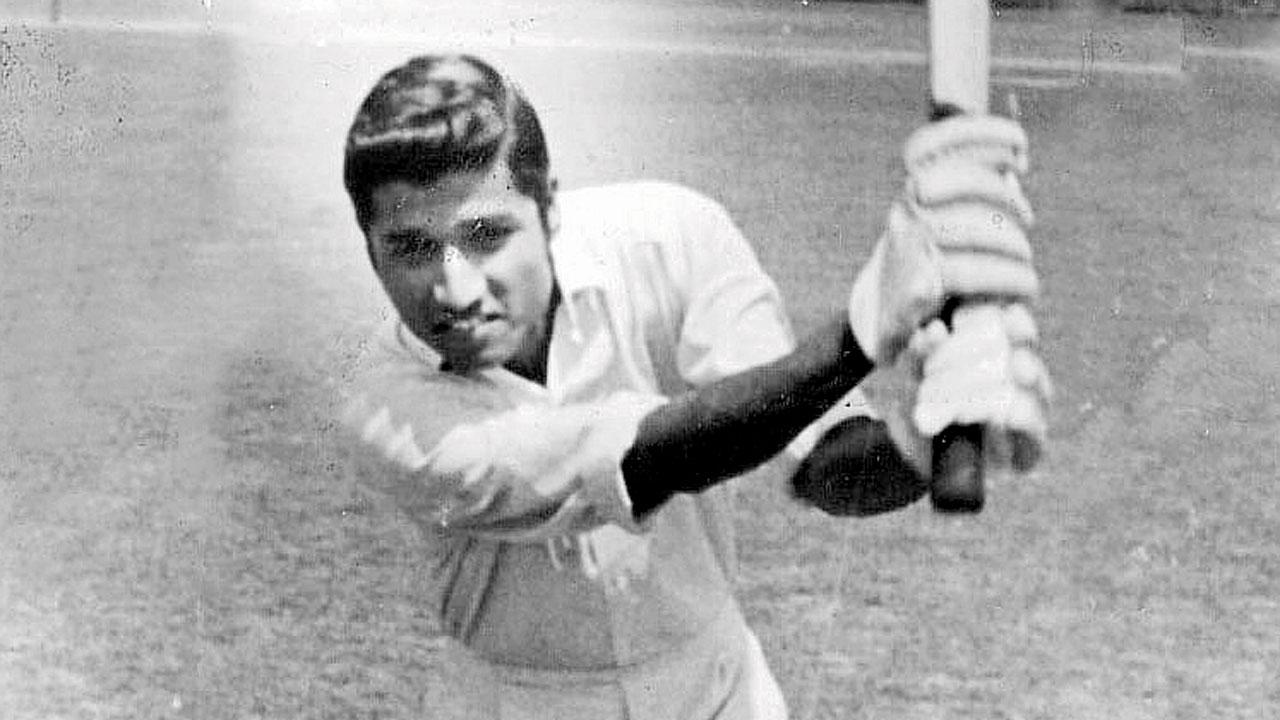Ramnath Dhondu Parkar’s cricketing journey is a testament to perseverance, skill, and the quiet dignity of those who thrive largely outside the spotlight. Born on October 31, 1946, in Bombay (now Mumbai), Parkar rose through the ranks of Mumbai cricket to become one of the finest domestic players of his generation—often sharing the crease with legends, most notably Sunil Gavaskar.
Parkar’s childhood was deeply intertwined with Bombay’s rich cricketing culture. His formative years were shaped under the tutelage of iconic mentors like Vinoo Mankad and Ramakant Achrekar, who played pivotal roles in honing his technique and discipline. By his late teens, Parkar had already become a fixture in the city’s club cricket circuit, where his natural flair with the bat and sensational reflexes in the field began to draw widespread attention.
His Ranji Trophy journey began in the 1970–71 season, and he wasted no time making an impact. While his debut was modest with the bat, it was soon followed by innings of real substance, particularly centuries in high-pressure knockout matches. Parkar was central to Bombay’s cricketing dominance throughout the 1970s, with his hundreds in Ranji Trophy semi-finals and finals often proving decisive.

In all, Parkar played 85 first-class matches, scoring 4,455 runs at an average of 33.75, including eight centuries—a record that reflects both consistency and flair. Within the elite arena of the Ranji Trophy, he amassed 2,795 runs in 51 matches at an average of 38.28, including a career-best 197 against Hyderabad.
Though he played only two Test matches for India—both against England in 1972—Parkar’s influence extended beyond his brief international stint. He was a trusted opening partner to Sunil Gavaskar, with whom he shared several match-winning stands for Bombay. Many modern assessments rank him among the finest Indian fielders of his era, a view endorsed by contemporaries like Dilip Vengsarkar, who praised Parkar’s anticipation and throwing accuracy. His fielding at cover and silly point was regularly described as “phenomenal,” and his foot-speed was exceptional, perhaps even ahead of its time in the context of limited-overs cricket.

Parkar’s ability to perform under pressure delivered Bombay several memorable Ranji triumphs. He was named Indian Cricket’s Cricketer of the Year after a standout domestic season where he scored over 900 runs. His batting style, marked by aggressive strokes and positive intent, earned him the popular moniker “Battering Ram.”
Despite his limited Test presence, Parkar remained a mainstay of the Bombay side for many years. His value extended beyond the scoreboard—he was a captain’s dream, offering reliability both with the bat and in the field.
After retirement, Parkar lived a quiet life devoted to his family. But tragedy struck on New Year’s Eve, 1995. After dropping his daughter, Parkar’s two-wheeler was hit by a bus, leaving him comatose. Despite multiple surgeries and relentless efforts at revival, he remained unconscious for 43 months until his passing on August 11, 1999, at the age of 52.
Ramnath Parkar’s life encapsulates both the quiet glory and the cruel uncertainties often faced by prodigiously talented cricketers who, for a variety of reasons, remain on the periphery of national stardom. His partnership with Gavaskar, his exploits in the Ranji Trophy, and, above all, his brilliance in the field remain invaluable chapters in Indian cricket history.
Parkar’s journey is a reminder that a cricketer’s legacy is not defined solely by international caps but by courage, sportsmanship, and the enduring respect of teammates and opponents alike. His story inspires generations to value the unseen heroes who lay the foundation for a nation’s sporting success.






